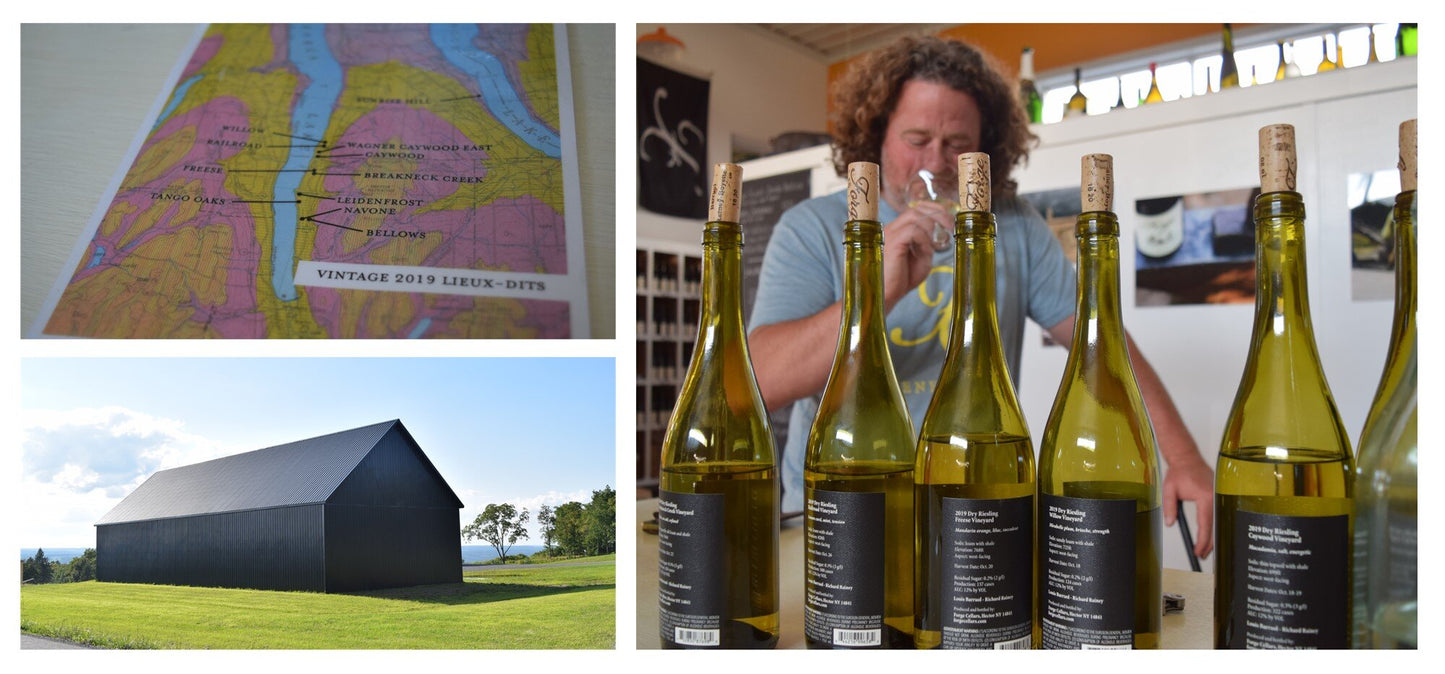The Sommelier's Box
Forge Cellars, ‘Classique’ Pinot Noir 2017
- Regular price
- $30.00 USD
- Regular price
-
- Sale price
- $30.00 USD
- Unit price
- per
Couldn't load pickup availability
Region: Seneca Lake, Finger Lakes, New York
Varietal: 100% Pinot Noir
Tasting notes: The 2017 Pinot Classique draws marvelous aromas of camphor, Middle Eastern spices, ripe strawberry and licorice from the shale along the hillsides. On the palate, flavors of wild raspberries, camphor, blueberries and violets are balanced and delicate, melding with natural roundness.
Producer: Partners, Louis Barruol (Château de Saint Cosme in Gigondas, France), and Richard Rainey have been working together since their first vintage in 2011 to produce hand-crafted, terroir-driven, bone dry Riesling, cool-climate Pinot Noir, and Cabernet Franc. Focusing on the east side of Seneca Lake—the deepest of the Finger Lakes at 620ft—the duo works with several premier sites with considerable slope and an abundance of different clones and soils. They have long-term relationships with growers throughout the region, and work closely with them to cultivate healthy grapes and develop viticultural programs that work well for each individual site. Bellows is the estate vineyard at Forge Cellars, which is farmed biointesively and dense-ly-planted to Riesling and Pinot Noir.
Vineyard and Winemaking: As the most historic wine-producing region in New York state, winemaking in the Finger Lakes area dates back to the 1820s and today as a region, accounts for 90% of the state’s total wine production. Each of the 16 vineyards that Forge work with contribute to the blend that make up the Classique wines. These wines showcase the beauty of Seneca Lake: to be able to consolidate the various elements of each site into a perfectly balanced wine. Very few regions in the world provide in a natural way this perfect combination. The 2017 Pinot Noir is made from fruit that was hand-harvested from Forge's east Seneca Lake Pinot Noir vineyards, hand-sorted and partially (30%) whole-cluster pressed. Spontaneous fermentations with native yeasts were followed by additional barrel aging for ten months.
Share




